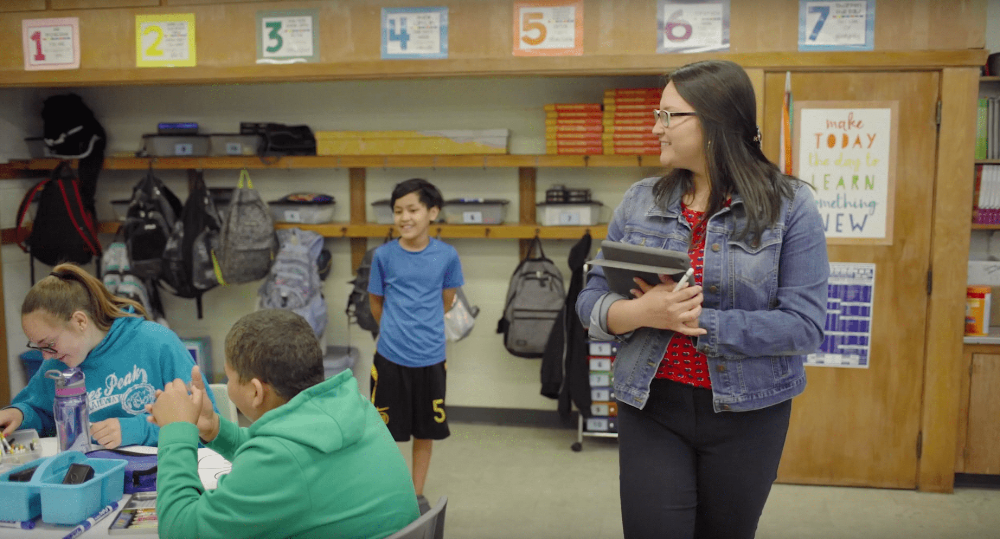There is no better data source than watching learning happen in practice. District leaders may conduct learning walks, or tours of classrooms that are implementing targeted initiatives to understand what is happening in classroms. Conducting an initial learning walk provides baseline data that enables us to understand specific needs and measure success and patterns over time.

The purpose of the Learning Walks is to (1) get a pulse check on implementation in order to identify areas of strength and challenge to inform support plans (2) model the walkthrough process for district and school teams so that they feel confident they can conduct walkthroughs and give constructive feedback on personalized learning instruction without Education Elements support.
Learning walks vary depending on where you're at in your implementation.
Generally speaking, we conduct two rounds of learning walks:
Initial Learning Walks: These are typically six to eight weeks after the launch of an initiative or change in instructional practice. During these, we meet with teachers and leaders to discuss progress thus far, visit classrooms using an agreed-upon tool (we usually recommend our Walkthrough Guide). We summarize and synthesize the data for a group debrief where we discuss overall trends and make recommendations for school actions based on observation data. In light of these considerations, we create a plan together to provide professional development and continued support.
Second Learning Walks: The second round of learning walks are typically six to eight weeks later, giving teachers time to reflect and iterate on their implementation. We follow the same format as the initial learning walks but with a more tailored focus based on the next steps resulting from the the initial walks. The debrief conversation of the second round allows for deeper discussions around measures of success and continued support. These also help to build the capacity of school/district leadership to lead learning walks allowing them to become an ongoing learning process.